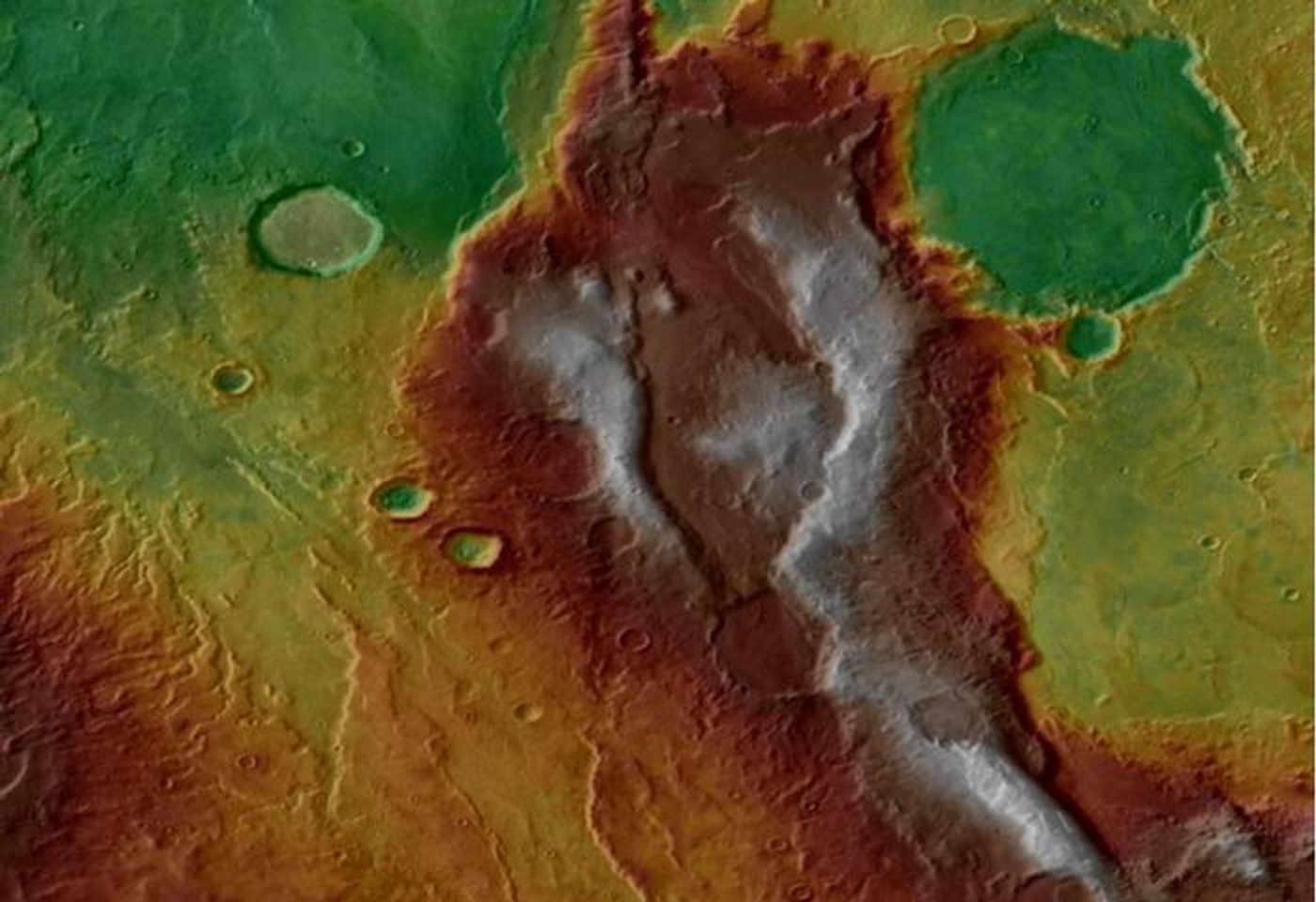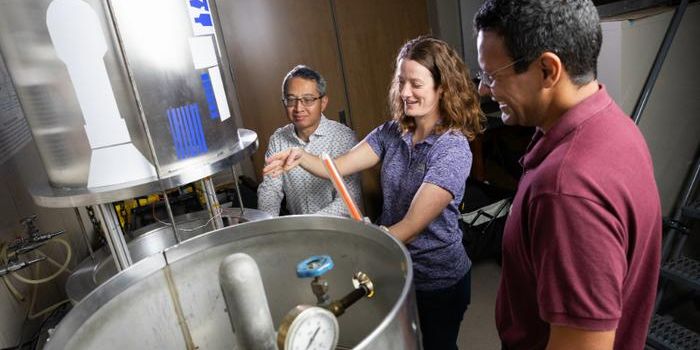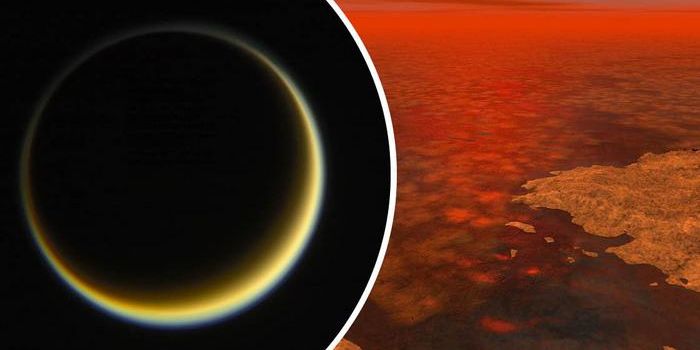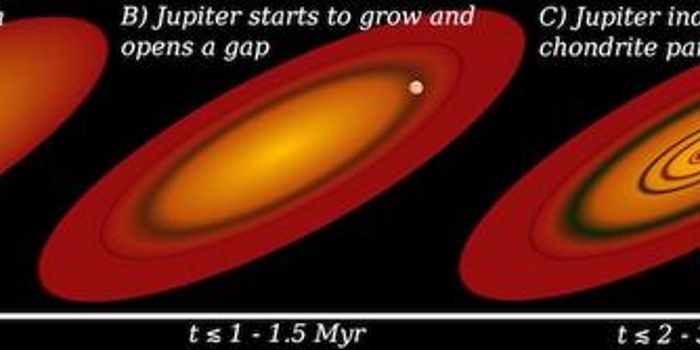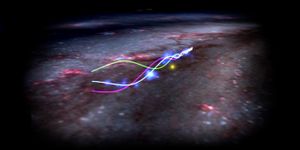Crustal Recycling on Mars: A Window into Early Planetary Evolution
What was the driving force behind volcanism on ancient Mars if the Red Planet does not exhibit plate tectonics? This is what a recent study published in Nature Astronomy hopes to address as an international team of researchers led by the University of Hong Kong (HKU) investigated how Mars could have once exhibited a type of plate tectonics known as vertical tectonics. This study holds the potential to help researchers better understand the geologic processes that shaped ancient Mars, specifically pertaining to its volcanic activity.
For the study, the researchers used data from Mars orbiters to analyze volcanic deposits in the Martian southern highlands, revealing a diverse array of volcanoes, including shield volcanoes, stratovolcanoes, and domes, of which Mars has long been known for its high number of shield volcanoes. Through this, the researchers were able to identify crustal thicknesses that vary throughout the region, which they interpret as recycling processes owed to vertical tectonics that occurred approximately 3.5-4 billion years ago, when Mars was a much warmer, wetter, and geologically active planet than we see today.
Image of topographic data overlaid infrared image data displaying diverse tectonic structures and volcanic deposits within the Eridania region of Mars. higher elevation is indicated by warm colors. (Credit: NASA/Mars Odyssey/HRSC)
“Mars contains critical geological puzzle pieces that help us understand not only that planet, but the Earth as well. Martian volcanism is much more complex and diverse than has been previously thought,” said Dr. Joseph Michalski, who is a geologist in the Department of Earth Sciences & Laboratory at HKU and lead author of the study.
This study comes as Mars continues to be explored for signs of ancient life, not only by numerous orbiters but a few rovers from NASA and China, as well.
What new discoveries will scientists make about ancient Mars in the coming years and decades? Only time will tell, and this is why we science!
As always, keep doing science & keep looking up!
Sources: Nature Astronomy, EurekAlert!, The University of Hong Kong
